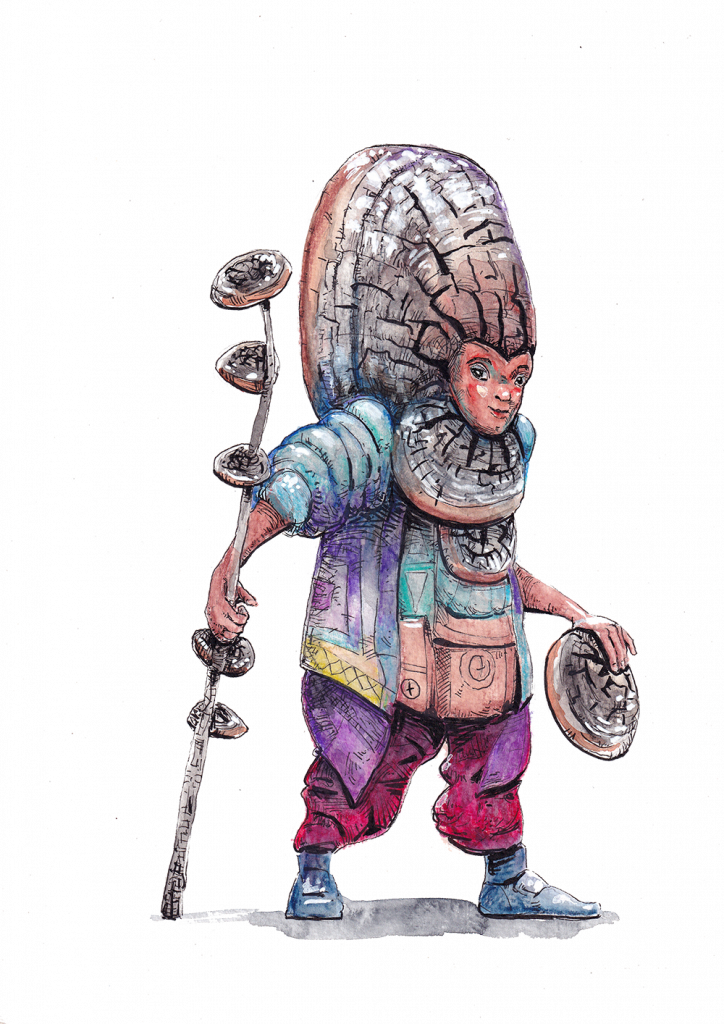Mesima

Mesima aka Phellinus linteus or Sang Hwang has been widely used in Japan, Korea and China for thousands of years. In 1968, Dr. Ikegawa’s research team released a paper “Anti-tumor action of some basidiomycetes, especially Phellinus linteus” in a Japanese medicinal journal; Phellinus linteus thereafter became very popular among researchers and scientists. In 1993, Korea succeeded in developing an anti-tumor medicine from Phellinus linteus.
Mesima grows naturally in trunks of Willow, Paper Mulberry and Elm trees that are more than 100 years old. Phellinus linteus is included in Phellinus genus of Hymenochaetaceae family of Aphylloporales order in mushroom class (Basidiomycetes) that mostly consists of fungi of medical use and edible fungi among molds. It is called Meshima in Japan (Danjo Island), Sanghwang in Korea.
In tradition Chinese medicine (TCM), Mesima was classified in the same category as Reishi – Superior. The Superior category is the highest ranked herb category in terms of multiple benefit and absence of side effects. Through 4000 years of human observation, TCM asserts that health can be maintained by sustaining the right balance within the body and that disease can be cured by restoring this balance through nutrition, including medicinal herbs, exercise and mental peace.
The 2000 years old medical book The Divine Farmer’s Materia Medica Classic is considered the oldest medical manual in existence. It classifies 365 species of roots of grass, woods, furs, animals and stones; and separates herbal medicines into 3 categories. The first category, called superior, includes herbs effective for multiple diseases and mostly responsible for maintaining and restoring the body balance. They have no unfavorable side effects. The second category, middle, comprises tonics and boosters and their consumption must not be prolonged. The third category, low, must be taken usually in small dosages and for specific ailments. This category includes some poisonous herbs.
Mesima is ranked the highest of all superior medicines and was the most exalted medicine in ancient times. It was often used for perpetual youth and longevity. All observations showed that Sang Hwang (Phellinus linteus) had no side effects and could be consumed in high dosages and in parallel with other medications.
Mesima has been revered as a herbal medicine and Emperors of the great Chinese Dynasties and Japanese royalty drank tea and a concoction of the Sang Hwang (Phellinus linteus) for vitality and long life. In Chinese History, the great Emperor Qin (Qin Chi Huang, 220 B.C.) once sent 3000 boys and girls to Japan’s islands to search for a kind of lingzhi for the elixir of eternal youth. Sang Hwang (Phellinus linteus) was believed to be the one.
The Compendium of Materia Medica or Bencao Gangmu, also «Great Pharmacopoeia» — Chinese herbology volume written by Li Shizhen during the Ming dynasty; its first draft was completed in 1578 and printed in Nanjing in 1596. It is a work that lists the materia medica of Chinese medicine known at the time. It described the uses of Sang Hwang and how it positively affected the life energy or qi of the heart, repairing the chest area and benefiting those with a knotted and right chest. He wrote that it also increased intellectual capacity and banished forgetfulness. Taken over a long period of time, the abilities of the body would not cease and the years would be lengthened to those of the immortal fairies!
In China, the medical literature such as Shin-nou-nonzokyo (Imperial Medicine Handbook), Honzo-komoku (Medicine handbook), Chuusaku-daijitenn (Great dictionary of Chinese Medicines), Chuugoku-yakuyo-shinnkinn (Chinese medical Fungi), and Toyoiguku-daijitenn (Great Dictionary, 1967) describe the efficacy of palsy, gonorrhea, and abdominal pain, and effectiveness against urination disorder, stomach problems, hematuria, gripes, penis ache, prolapsus ani, melena, over-work, mense disorder, vitiated blood, lymphatic tumor, metrorrhagia, nosebleeds, facial and diarrhea. And in traditional Oriental applications, Sang Hwang is also used to treat insomnia, gastric ulcers, neurasthenia, arthritis, nephritis, asthma, bronchitis, hypertension and poisoning. It is also being used in treating neuromuscular disorders, stress, induce tension, myasthenia gravis and muscular dystrophy – all with varying degrees of success.
Presently, Mesima has various medical applications including: lowering or raising blood pressure, stimulating liver actions, blood cleansing, and enhancement of the immune system. It also is used to lessen nervous tension, and acts as an adaptogen to help the body fight the effects of stress. It has also being recognized for its adjunct use as an immune system stimulator during cancer therapy. The use of Mesima as a cancer treatment in the Orient is centuries old. In following the concept of qi tonics, Mesima is used to strengthen the body’s resistance to outside forces.
Anti-oxidant Properties
- Antitumor and Antioxidant Activities of the Extracts from Fruiting Body of Phellinus linteus
- Enhanced Mycelium Production of Phellinus igniarius (Agaricomycetes) Using a He-Ne Laser with Pulsed Light
- Black Hoof Mushroom – Uses, Side Effects, And More
- The Biofunctional Effects of Mesima as a Radiosensitizer for Hepatocellular Carcinoma